As a data analyst, you’re often tasked with solving complex problems and making data-driven decisions. To do this, you need a structured approach that takes you from data collection to actionable insights. In this blog post, we’ll take you through a data analyst project walkthrough to help you understand a typical project’s key steps and deliverables.
Step 1: Define the Problem and Objective
The first step of any data analyst project is to define the problem you’re trying to solve and the objective you’re trying to achieve. In this step, you should work closely with the stakeholders to understand their needs and expectations. Ask questions like:
- What problem are we trying to solve?
- What are the goals and objectives of the project?
- What are the key performance indicators (KPIs) we’re trying to improve?
Step 2: Collect and Clean the Data
Once you’ve defined the problem and objective, it’s time to collect the data you’ll need to analyze. Depending on the project, you may need to gather data from various sources such as web analytics tools, databases, or APIs. This step is crucial because the quality of your insights will depend on the quality of your data.
After collecting the data, you need to clean it by removing any duplicates, missing values, and outliers. You should also check for data integrity and consistency and ensure that the data is in the proper format and units.
Step 3: Explore the Data
With clean data in hand, it’s time to explore the data to get a better understanding of what it contains. Exploratory data analysis (EDA) involves using statistical and visualization techniques to discover patterns, trends, and relationships in the data.
In this step, you may use tools like histograms, scatterplots, and correlation matrices to uncover insights. It would be best if you also looked for anomalies, outliers, and data gaps that may require further investigation.
Step 4: Analyze the Data
After exploring the data, you need to analyze it to identify key drivers and factors that impact the problem you’re trying to solve. This involves applying statistical techniques to test hypotheses, make predictions, and identify trends.
In this step, you may use regression analysis, classification models, or clustering algorithms to extract insights. You should also test your findings’ statistical significance to ensure they’re reliable and actionable.
Step 5: Communicate the Results
With your findings in hand, it’s time to communicate the results to your stakeholders so they can understand and act upon them. You should create clear, concise, and compelling data visualizations and reports that highlight the most important findings and insights.
In this step, you should work with the stakeholders to ensure that they understand the results and can use them to make informed decisions. It would help if you also were prepared to answer any questions or concerns that may arise.
Step 6: Implement and Monitor the Solution
The final step of a data analyst project is to implement the solution and monitor its impact over time. This involves working with the stakeholders to identify the best course of action and track the KPIs that you identified in step 1.
In this step, you should be prepared to iterate and refine the solution based on the results you’re seeing. You should also be transparent about the limitations and assumptions of your analysis to ensure that the stakeholders understand the scope of the solution.
Conclusion
In conclusion, a data analyst project walkthrough is a structured approach that helps you deliver actionable insights to your stakeholders. Following these six steps ensures that your project is well-defined, data-driven, and impactful. With the right tools and techniques, you can solve complex problems and







Leave a Reply